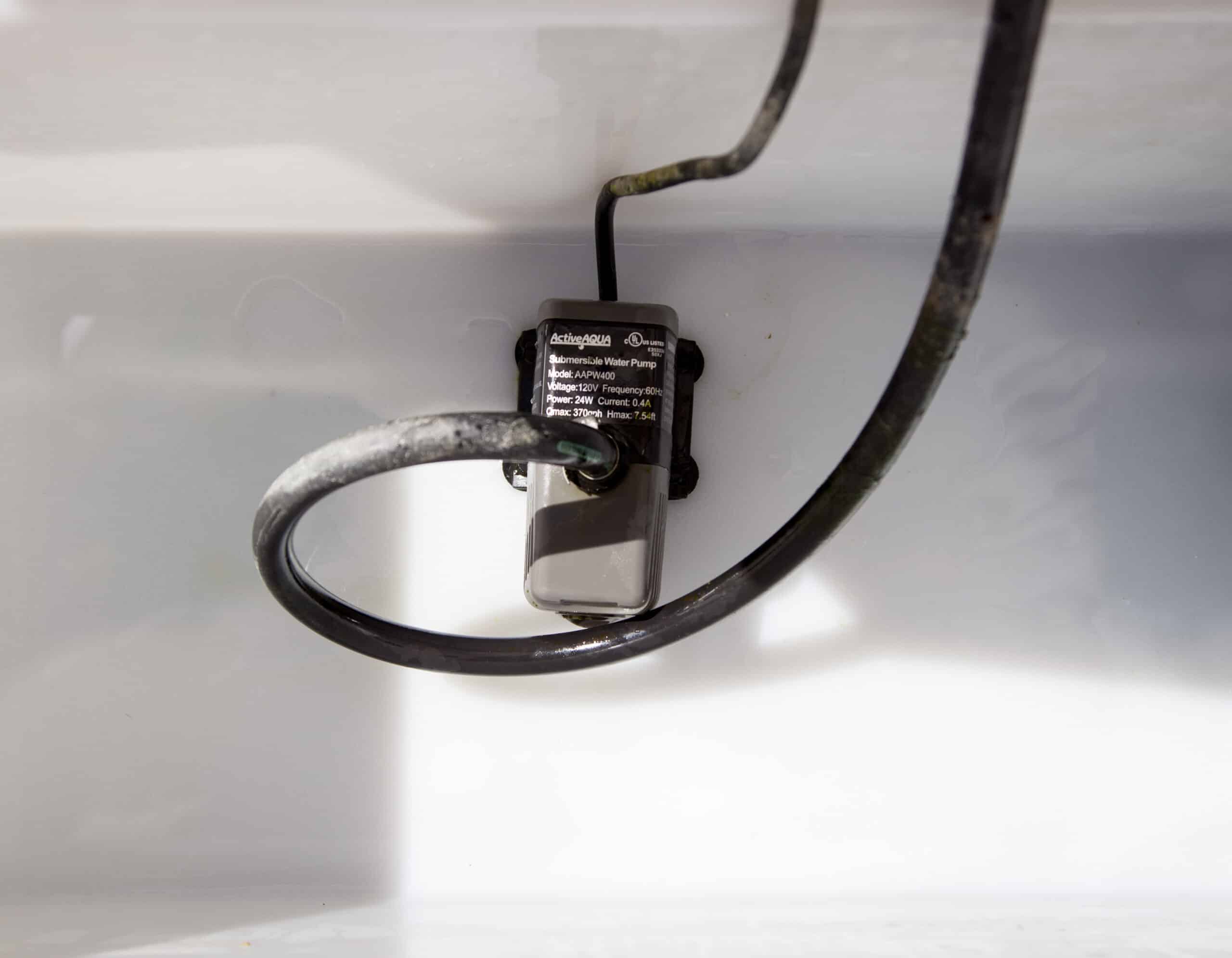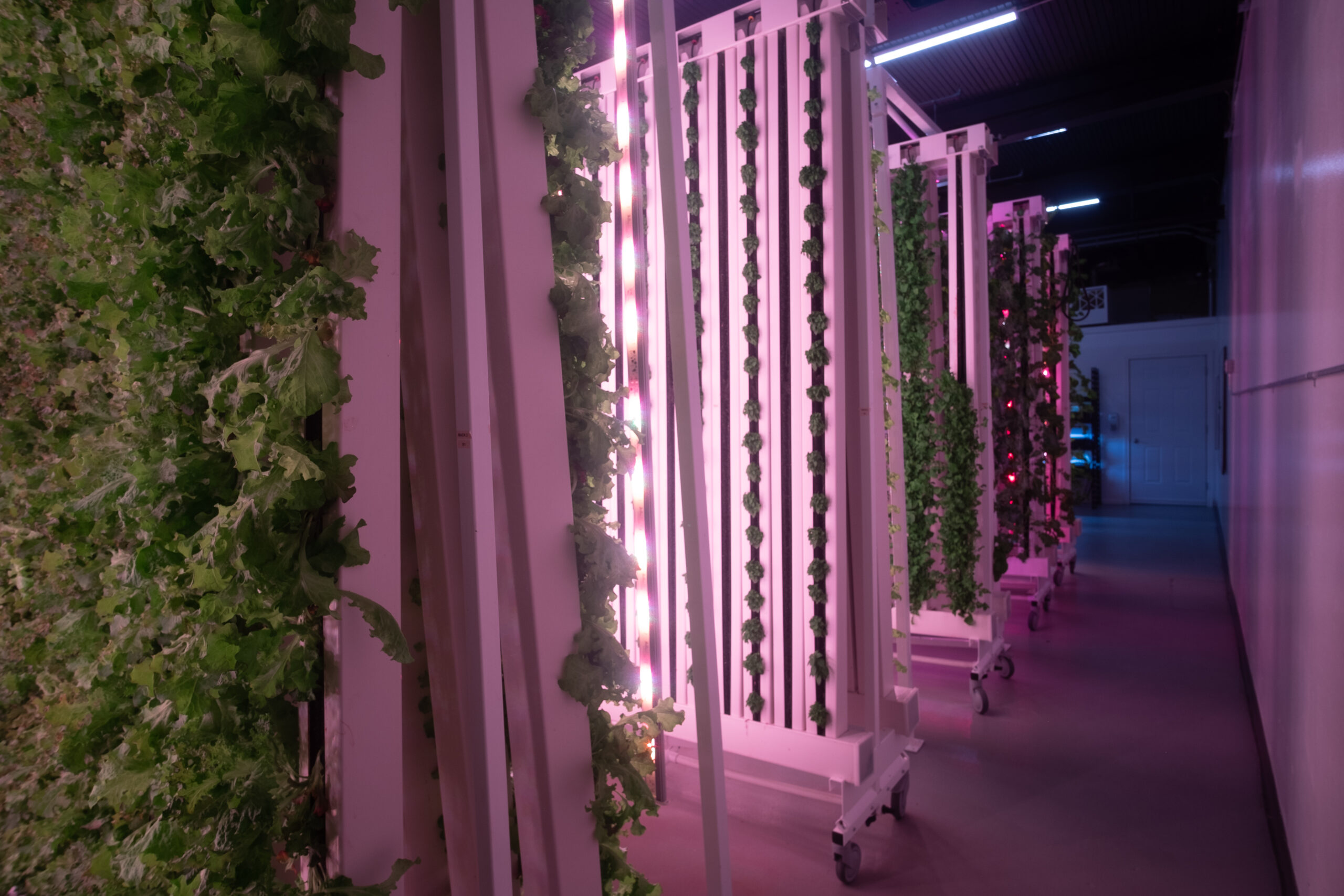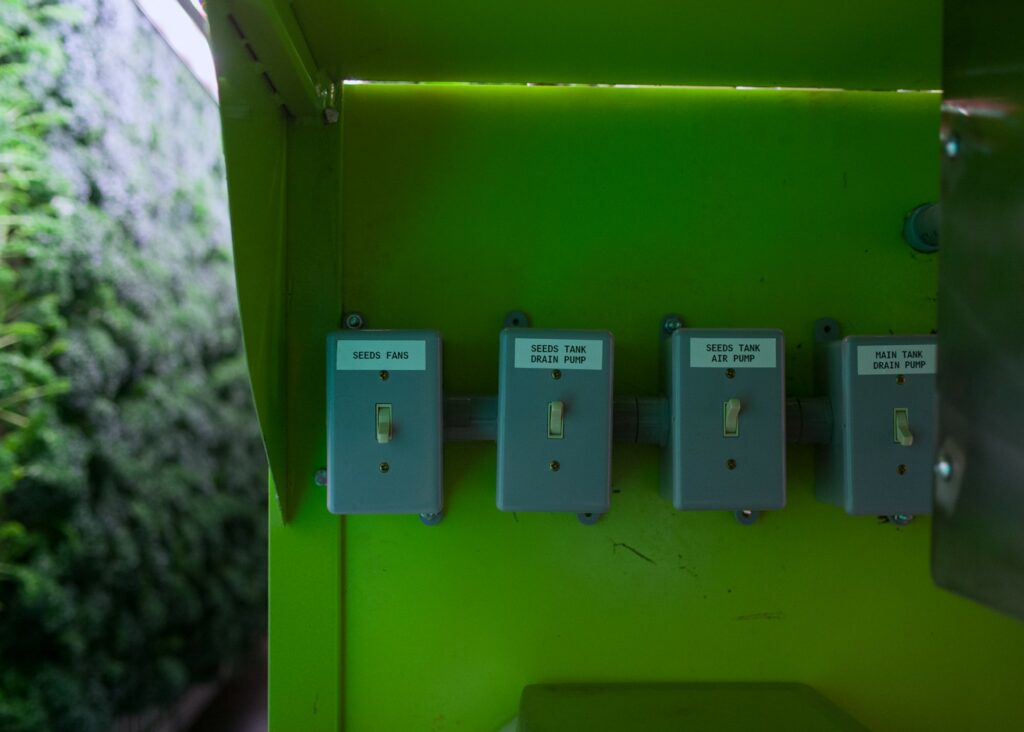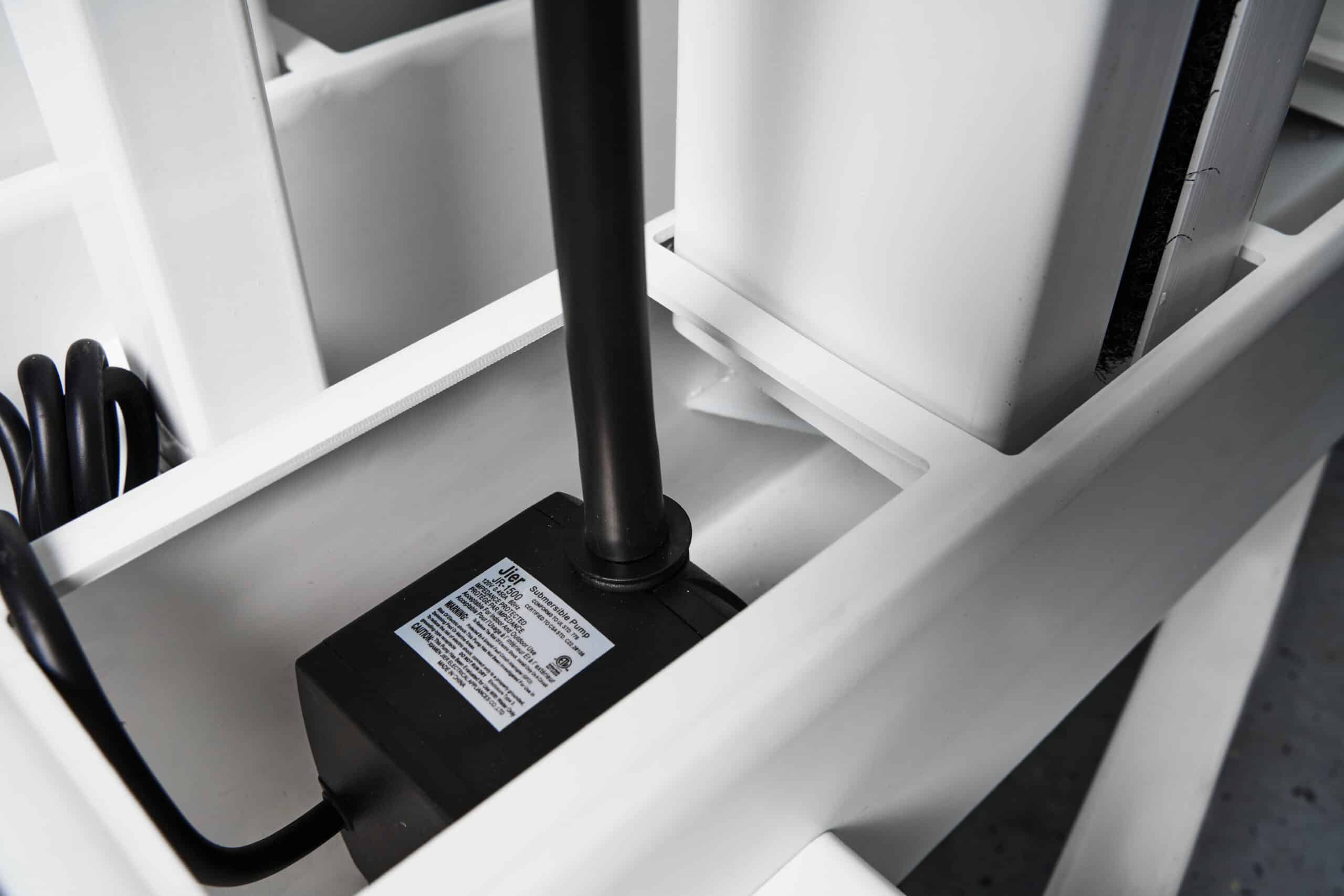What is a sump?
We talk about them a lot, but if youre a beginner you might not be familiar with that word. A sump tank is basically a collection tank for all of the runoff from the system. Sump tanks are used in greenhouses (you might have seen some of our videos which show our in-ground sump tank) as well as warehouses. The purpose for either application remains the same: to capture water and to reuse it within the system.
In the seedling system, you can see that be have a quick connect sump that catches all of the drainage from the seedling system and reuses it over and over. This system is a one pump system.

The alternate is a two-pump system. If you remember some of the greenhouse systems that we talked about in older videos, Im not a big fan of two pump systems for greenhouses because they leave more opportunities for problems. If one thing goes bad then it can snowball into a huge problem.
I am, however, a fan of two pump systems in warehouses. In warehouse systems we can inexpensively design redundancy into the system in a way that allows us to use two pumps very effectively.
Watch more videos on indoor growing here.
Single pump systems are typically used when everything is elevated above the sump. In a greenhouse, we can sink the sump into the ground; in warehouse, this is not usually possible.
This becomes a problem when we have a big mixing tank sitting on the ground. Keeping your growing equipment above the mixing tape in this scenario is very difficult.
How can we drain something sitting off the ground to something four feet off the ground?
You cant do it. Instead you need to use a two pump sump system. Youll need a shallow low sump and a main sump. The main sump pump will do most of the work pumping water to the tops of towers, while the pumps in the low sump will just lift water up to the main sump. (Water drains from the bottom of the towers to the low sump via hydraulic pressure.)
So how do we avoid the opportunities for failure in a two pump system?
One way is to use multiple pumps in the low sump.
You’ll see that we have two pumps running on float switches in our low sump. Float switches are switched on as the water level rises and off as the water level drops. The reason to have two pumps is that if one pump goes out the other can still function and keep the tank from overflowing, causing a big mess, and leaving your crops without irrigation.
In conclusion
While two-pump setups can be a problem in greenhouses, they are usually the best option for warehouse growers. Two pump systems allow you to keep both your towers and your sump at ground level. You can avoid flooding and pump mishaps by keeping multiple pumps in your lower sump tank.
Thinking about building your own indoor farm?
ZipGrow complete indoor systems are the best way to grow a high density farm without the guess work!
No scissor lifts or forklifts required.








